The Principles of Operational Excellence in Manufacturing
This article includes:
- Why improve?
- How is Operational Excellence Different?
- How does Operational Excellence Work?
- Principle 1: Understand Customer Value and Standard Operating Procedures (SOP)
- Principle 2: Deploy a system that recognizes defects, corrects them quickly, and prevents them from recurring in the future.
- Principle 3: Foster a culture that continuously pursues perfection.
- Principle 4: Measure. Measure. Measure.
Why Improve?
In an increasingly competitive global landscape, it has never been more true that manufacturers need to continuously improve or they will not survive. Factories are continuously looking to improve efficiency and find innovative ways to shave fractions of a penny off their cost per unit. Continuous Improvement practices help organizations find ways to methodically enhance efficiency and productivity.
How is Operational Excellence Different?
Operational Excellence is a methodology that focuses on growth through process improvement. Continuous improvement is a big part of an Operational Excellence framework, however, it is not the whole story.
Operational Excellence is essentially achieved when optimal factory operations occur autonomously, without requiring constant intervention and supervision. This means that optimal OEE (Overall Equipment Effectiveness) is achieved, defects and abnormalities are corrected immediately, and prevention/improvement projects are moved forward.
This framework can be applied to any team that wants to achieve excellence.
Consider this example of a rowing team:
autonomous operations
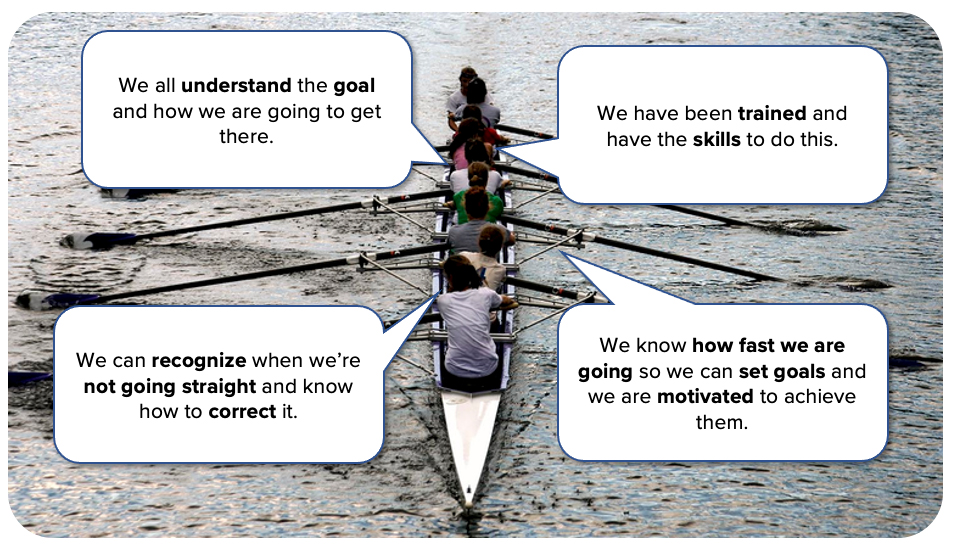
How does Operational Excellence Work
Operational Excellence is the Pursuit of Perfection in Manufacturing.
As such, Operational Excellence is not a destination, it is a process that consists of 4 core principles that each stakeholder within your organization needs to understand and embody.
PRINCIPLE 1:
Understand Customer Value and Standard Operating Procedures (SOP)
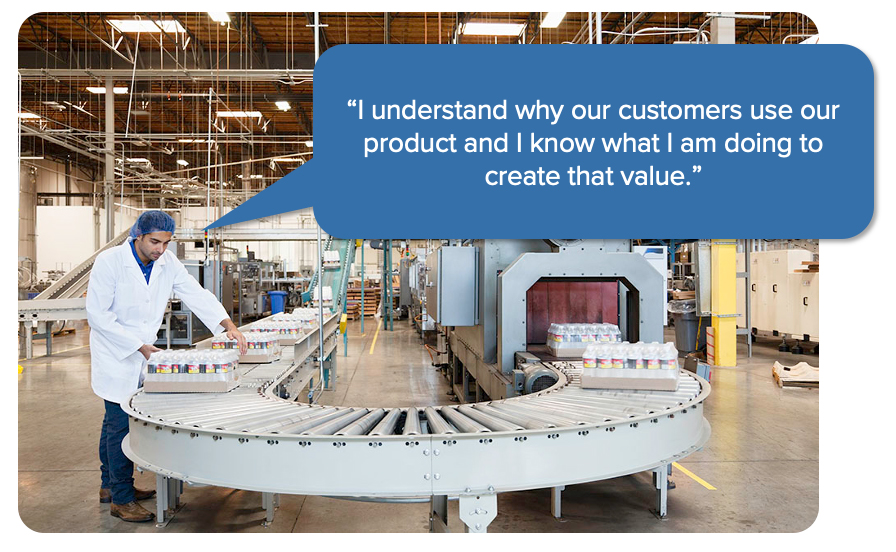
The path to Operational Excellence starts with all stakeholders sharing an intuitive and innate understanding of the value that the company's products deliver to their customers. This begins by understanding why your customer buys your product over competitors and what product features most impact their purchase decision.
Understanding customer value is a core tenant of most continuous improvement methodologies for a variety of reasons. The creation of customer value is the fundamental thing your business is doing - even generating revenue is secondary. Any decision that erodes your product's value to the customer needs to be made carefully. As a result, this is the best lens through which quick, corrective decisions should be made by operators on the floor - "what's best for the value the product is providing to the customer?"
Of course, this concept needs to be balanced with business realities, but for Operational Excellence, an innate understanding of customer value helps to focus operators and help Standard Operating Procedures (SOPs) move forward more efficiently.
SOPs are helpful in creating a shared understanding of the most efficient way to do something. They also enable training. But the most important reason for having solid SOP documentation is they are extremely helpful in understanding where deviations occurred.
Consider a hypothetical case where there is a product defect and you are trying to ascertain the root cause. Without SOPs, you have less of a concrete understanding of what is “supposed to happen” at a given point in the process.
As a result, it is harder to see the deviations. With solid SOPs, you can simply match what happened with what was supposed to happen. If there is a difference, this is a strong indicator that your root cause is a process deviation.
PRINCIPLE 2:
Deploy a system that recognizes defects, corrects them quickly, and prevents them from recurring in the future.
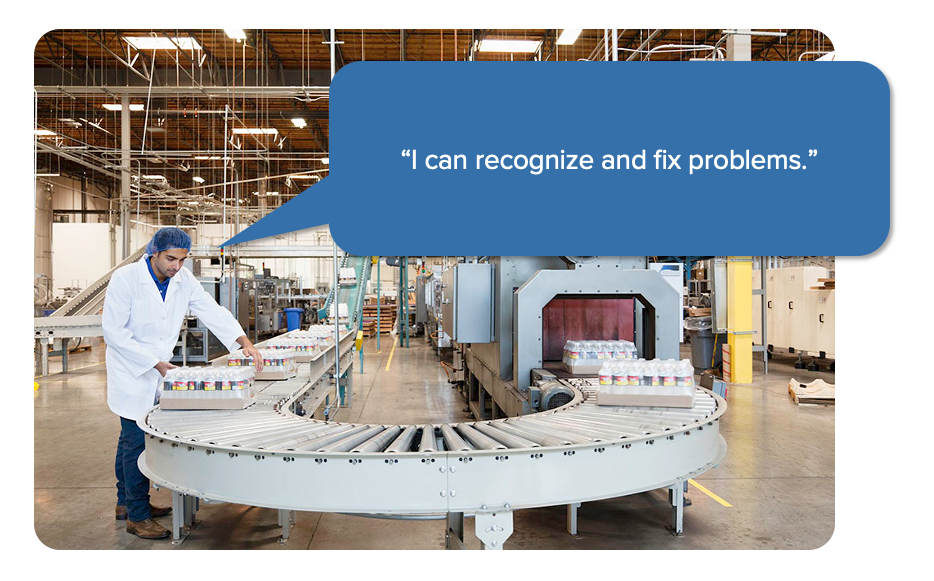
For operations to be autonomous, there must be a system in place that coordinates factory staff to identify abnormalities against the SOP (see above), quickly corrects them (if possible) and reports details to inform an improvement/prevention project (if applicable).
The goal of this system is to ensure staff can make quick decisions based on their understanding of customer value and they can coordinate efficiently to make corrective actions before defects leave the facility and end up in the hands of your customers.
The effectiveness of this system will obviously impact the effectiveness of your operations.
If you are using paper and spreadsheets to manage this, you will have a lag in your workflows and in reporting. Paper forms move like molasses around your factory. They are fertile ground for errors and omissions and they can simply go missing or hang out on someone’s desk for days.
Digitizing this process provides a number of efficiency and productivity benefits, including:
- Real-Time Visibility - Forms are submitted, projects move forward and supervisors are notified instantly.
- Simplicity and Structure - Staff are guided through a highly accessible process, which are built based on industry best practices.
- Automation - Mundane, repeatable administrative tasks are automated, which saves time and moves projects forward faster.
- Compliance - Peace of mind that everything is done per internal and regulatory requirements.
PRINCIPLE 3:
Foster a culture that continuously pursues perfection.
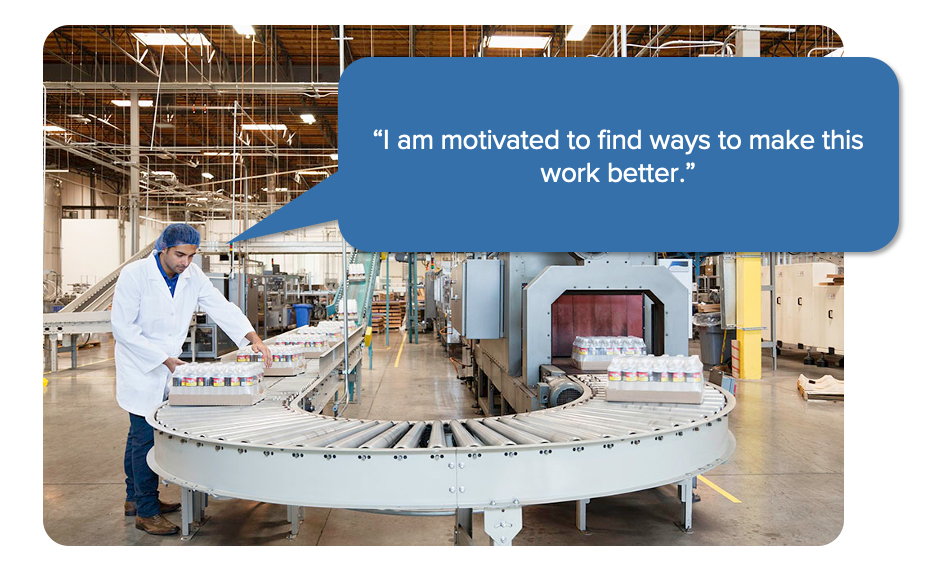
If you think Operational Excellence sounds like a lot of work, you are right.
Even with an efficient digital framework, you are still asking your staff to do extra things, like safety observations, defect / abnormality reports, provide suggestions and so on. You are asking for increased participation and the best way to make this happen is by enhancing Employee Engagement.
To foster an engaged culture, staff need to be enabled, empowered and energized.
- Enabled - Make it fun, easy, accessible.
- Empowered - Enhance ownership, community and collaboration.
- Energized - Intrinsically and extrinsically motivate. Reward participation. Celebrate wins.
PRINCIPLE 4:
Measure. Measure. Measure.
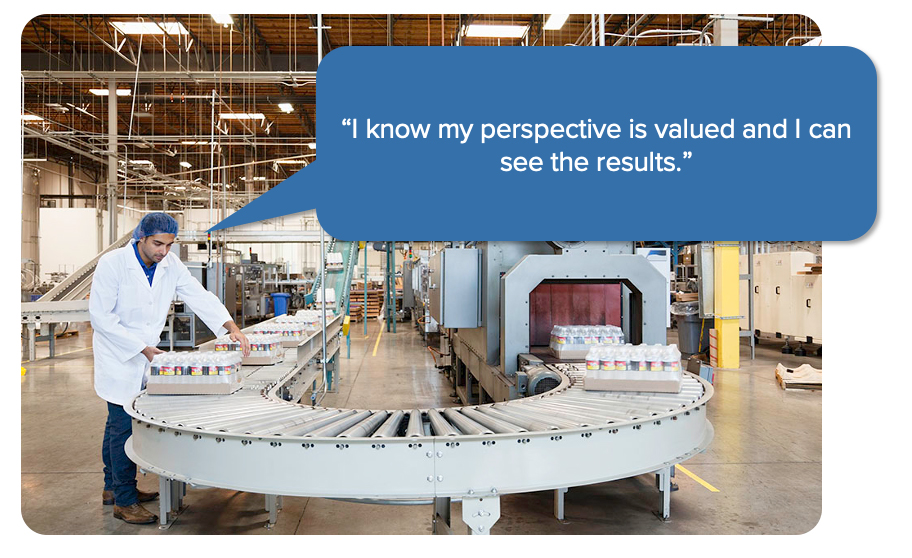
In Operational Excellence, as in many disciplines, in order to improve you must first understand where you are currently. In the rowing example (above), the team wanted to understand how fast they were going so that they could set goals and be motivated to achieve them. The same is true for enhancing operational performance in a factory.
Reporting provides meaning and context to your Operational Excellence program. You can try to improve without reporting, but how will you know. Good reporting provides insights to help your executive team make better strategic business decisions. If shared correctly, it can also be used to impact quick decisions that are made by operators on the line.
Reports are also very helpful in motivating staff by broadcasting the positive impact that their efforts have made on the organization at large, but also on the individual lives of their co-workers. Reports are not just visualizations of data, they can be a vehicle to reinforce impact and celebrate wins.
Once these steps are in place, you can begin to enable The Cycle of Operational Excellence - which is outlined in this blog post.
Weever is Operational Excellence Software that empowers the pursuit of perfection by enhancing operational visibility, collaboration and productivity in quality, maintenance, safety and production.
To learn more about how Weever can help you attain results in OpEx, please feel free to get in touch.